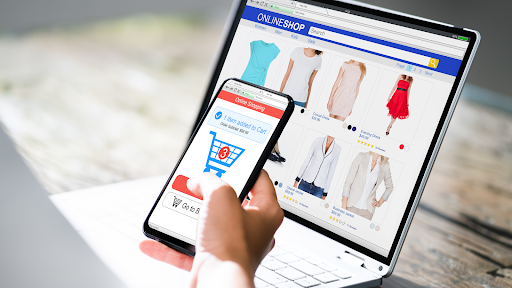The ever-evolving digital marketing landscape continues to offer room for innovation, but it only does so through stiff competition. COVID-19’s effect on eCommerce also echoed that on other industries; changing customer behaviors and new priorities, budget restraints, and more. Indeed, customers’ standards have increased, their distrust has grown, and their habits have changed. Customer journeys become more erratic in turn, especially as omnichannel marketing takes center stage across the world. In this increasingly competitive, continuously evolving landscape, customer acquisition alone does not suffice for eCommerce success anymore. Rather, customer retention becomes nigh imperative – and customer retention strategies for your eCommerce store offer an invaluable asset towards it.
The value of customer retention
A wealth of studies supports this initial assertion. AnnexCloud, for instance, cites the following oft-cited statistics, among others, that hold true across all industries:
- “A 5% increase in customer retention can boost profits by 25% to 95%.”
- “Almost 65% of a company’s business comes from repeat customers.”
- “82% of companies agree that retention is cheaper than acquisition.”
LinkedIn does not simply agree, but it also quantifies the exact difference in cost between acquisition and retention. The number is a staggering x7:
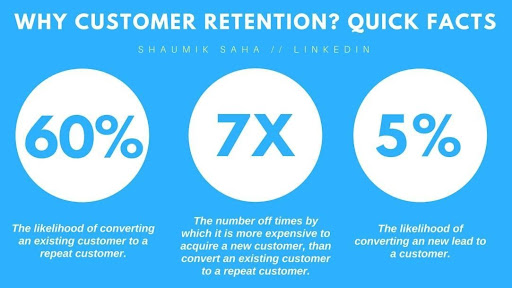
Fortunately, businesses across all industries have already started to embrace customer-centric, omnichannel strategies. These may start with the intent of providing value to users, as per Search Engine Optimization (SEO) guidelines. They may seek to enhance User Experience (UX) through communication personalization, fueled by Customer Relationship Management (CRM) software. They may simply be holistically setting the stage for HubSpot’s flywheel model as a customer-first funnel structure.
In all cases, however, such strategies thankfully align with the customer retention strategies for your eCommerce store that follow. The flywheel model’s explicit goal is customer satisfaction, as is that of UX optimizations. Customer satisfaction fuels SEO as well, through engagement signals and authoritativeness. This fortunate alignment may pave the way forward.
The persistent eCommerce challenge of cart abandonment
To focus more strongly on eCommerce, retention strategies must rely on each industry’s unique challenges. In the case of eCommerce, perhaps the most notorious challenge comes in the form of cart abandonment. When new customers do not complete the purchase they intended to, it is not exclusively a burden to customer acquisition. Rather, it may also reduce retention rates if the underlying causes remain unaddressed across multiple purchases.
Perhaps predictably, Sleeknote finds that the primary reasons for cart abandonment remain the same as pre-COVID-19. Namely, hidden costs, account requirements, and long checkouts remain the top three.
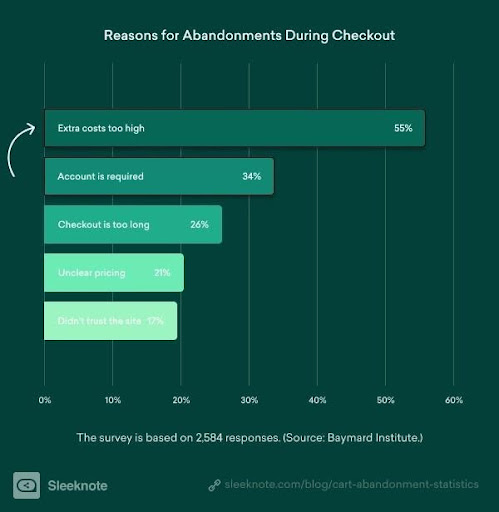
Thus, before delving into dedicated retention strategies, it may be wise to begin with solutions to this ever-present challenge. Measures you may take include:
- Making your fees as transparent as possible, disclosing shipping and other costs upfront
- Allowing purchases without an account
- Shortening your checkout process to as few steps and input fields as possible
Of course, cart abandonments will still occur despite your best efforts. When they do, you may also craft enticing abandoned cart emails to further minimize your losses.
6 Customer Retention Strategies for Your Ecommerce Store
With the above context in mind, we may now delve into specific, solid customer retention strategies. In no particular order, you may entertain the 6 that follow.
1. Journey personalization and opting-in
Keeping in mind that account requirements discourage many customers, new and old, you may begin with offering opt-in options. That is, the option for users to create an account after they have completed a purchase without one:
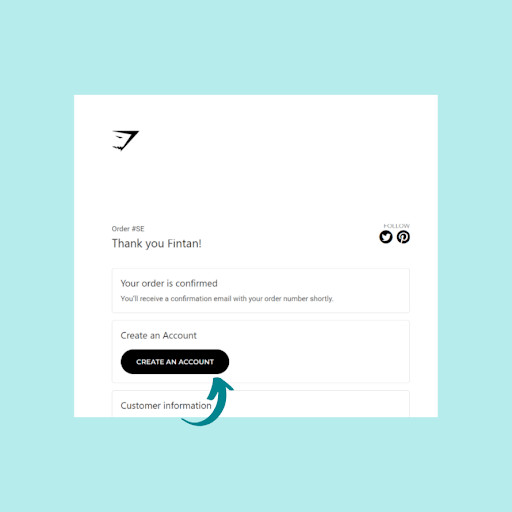
This simple gesture helps inspire trust, as customers will only choose to do so themselves for convenience instead of being forced into it. Simultaneously, such pages will offer the first of many personalization outlets where you may use your customer data. For example, should you know a customer’s name, you may use it to thank them by name – as in the above illustration.
You may then extend this same concept to “welcome” pages, as long as customers have willingly given their information. This, too, may seem like a minor change, but it follows the concept of welcome emails that have demonstrable effect.
2. Improving customer support and service
However, before delving into marketing outreach, let us briefly stress the significance of quality customer support and service. Customer retention absolutely hinges on both, as SEMrush’s findings attest to:
- “89% of companies say that excellent customer service plays a huge role in customer retention.”
- “Since 2016, customer retention loss has risen by 37% due to poor customer service.”
- “Companies that offer professional services tend to have a close relationship with their customers, hence why they have an 83% retention rate, one of the highest of all industries.”
Other research also ties customer satisfaction through impeccable, personalized support to Net Promoter Score (NPS). Unsurprisingly, satisfied customers are the most likely to both remain faithful to a brand or store and to promote it.
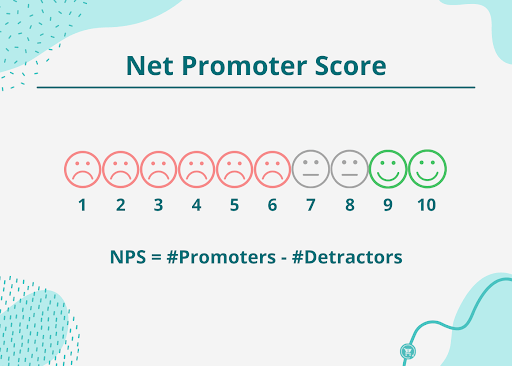
Thankfully, CRM and other customer management solutions can assist in this regard somewhat. CRM specifically can allow for quicker responses through channel consolidation and interaction history, for instance, while also using customer data to personalize communications. In turn, eCommerce stores may identify recurring issues within incoming queries and address them more swiftly.
3. Personalizing newsletters
In much the same way as customer service personalization, personalized newsletters may offer one of the simplest yet most effective customer retention strategies for your eCommerce store to implement.
Most email marketers will swiftly attest to personalization’s sheer value. This claim is very easy to support; personalized communications hold more perceived value. Recipients and customers feel valued, as the information they receive seems to cater to their wants and needs. From a marketer’s perspective, this practice makes sense as well, as marketing automation solutions offer an abundance of such opportunities.
For a simple application of personalization, you may consult your CRM or other databases. There, with your audience segments in order, you may:
- Personalize newsletter copy for different audience segments
- Personalize outreach timing to maximize marketing effectiveness
- Use customer data to commemorate and leverage such events as birthdays or signup anniversaries
This final option also offers eCommerce stores some valuable opportunities to both cultivate trust and increase revenue. A simple “happy birthday” email accompanying some gift or discount may go a long way toward both.
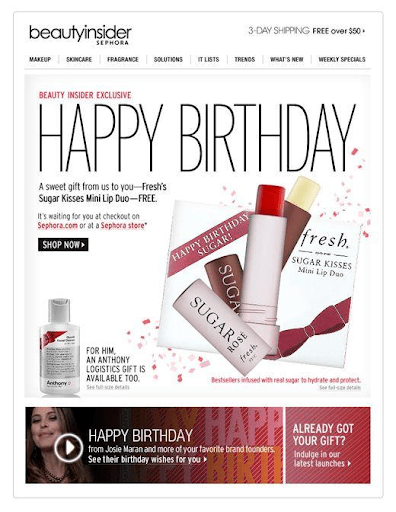
4. Personalizing product recommendations
Similarly, you may extend personalization into product recommendations. This type of personalization hinges on adapting recommendations to customer behaviors to maximize marketing effectiveness. As it does, it does not simply reveal upsell and cross-sell opportunities – which are massive benefits on their own. More crucially, in our context, they further help foster trust. That’s because customers see tangible proof that they’re being valued, as SalesForce’s research on customer expectations explains.
Indeed, most internet users are likely well accustomed to this concept, and most, perhaps predictably, respond to it very well. More research confirms this; BigCommerce, for instance, identifies retention benefits, shorter consideration phases, and higher customer satisfaction through it.
Thankfully, such solutions as CRM and predictive analytics solutions can significantly inform such efforts. You may, of course, begin with classic product recommendation personalization based on purchase history, such as the following:
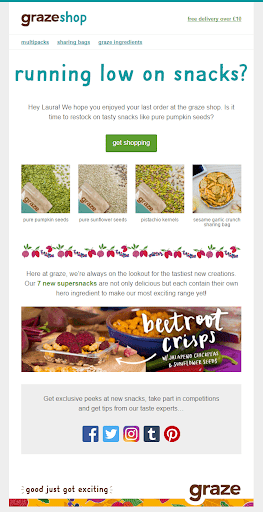
However, advanced solutions may help you focus more accurately on specific segments. For example, you may use customer demographics to personalize recommendations instead of simple product affinities. You may even do so based on the weather, among other external factors that can subtly affect customer behaviors.
5. Implementing loyalty programs
Personalization aside, customer retention strategies for your eCommerce store should very likely include tried-and-true loyalty programs. Despite what some marketers believe, such programs still offer an excellent way to inspire trust and advocacy. That is, after all, their express goal.
Techjury’s aggregated statistics confirm this notion with some very impressive numbers across acquisition, retention, advocacy, and sales:
- “75% of consumers will favor a brand if there is a loyalty program that rewards members”.
- “70% of your customers will most likely recommend your brand to a colleague if you have an excellent loyalty program”.
- “Customers engaged in a brand’s loyalty program will spend 12-18% more each year”
However, there are arguably no universally effective loyalty program blueprints to follow. Rather, you will need to consult your own analytics to identify which types may work best with your audiences. Gamification certainly seems to pick up steam over the years, and customers will typically prefer point-bound gifts and discounts over monetary incentives.
Should you find the type that suits you best, however, you may also tie it into referral programs and employ the same incentives across both. These also deepen bonds with existing customers, while attracting engaged customers who already trust you because of their peers’ recommendations.
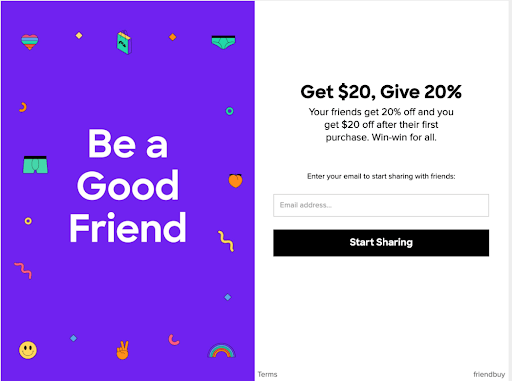
6. Retaining lapsed customers with emails
Finally, customers will inevitably lapse despite your best efforts. Every customer has a finite life cycle, and no amount or quality of retention strategies will extend it indefinitely. Still, when this occurs, you may entice lapsed customers into returning with personalized copy and offers. As you do, you will also forge stronger bonds with them because of their prior status.
You may do so in many ways, and optimal ones will also depend on your own business and audiences. Still, some typically effective email types include:
- Informative newsletters; continued offers of informative value over hard sells may entice some old customers to return.
- Surveys and feedback requests; such outreach may also make some customers feel valued, by illustrating how your store seeks to improve based on their views and experiences.
- Exclusive offers and timed discounts; finally, the tried-and-tested practice of offering such incentives will also convince lapsed customers to return.
Of course, you may also act proactively and implement some such practices in advance. For example, you may offer some enticing offers to customers who intend to leave, as Adobe does:
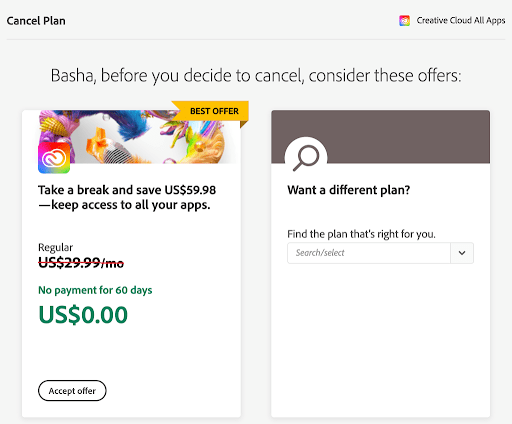
Conclusion
In summary, customer retention strategies for your eCommerce store will typically hinge on personalization and perceived customer value. Some will require that you act proactively to deepen bonds with customers, while others will entail highly focused personalized outreach. In all cases, these and many more strategies should warrant your consideration. Customer retention remains a very crucial metric for any business, and even minor improvements can yield notable revenue benefits.
About the author
Jonah Warner is a freelance digital marketer, copywriter, and avid SEO practitioner. He typically writes on the exciting prospects of CRM software, the emerging challenges of eCommerce, and the value of local SEO for small-to-midsize businesses.
Don’t forget to share this article

